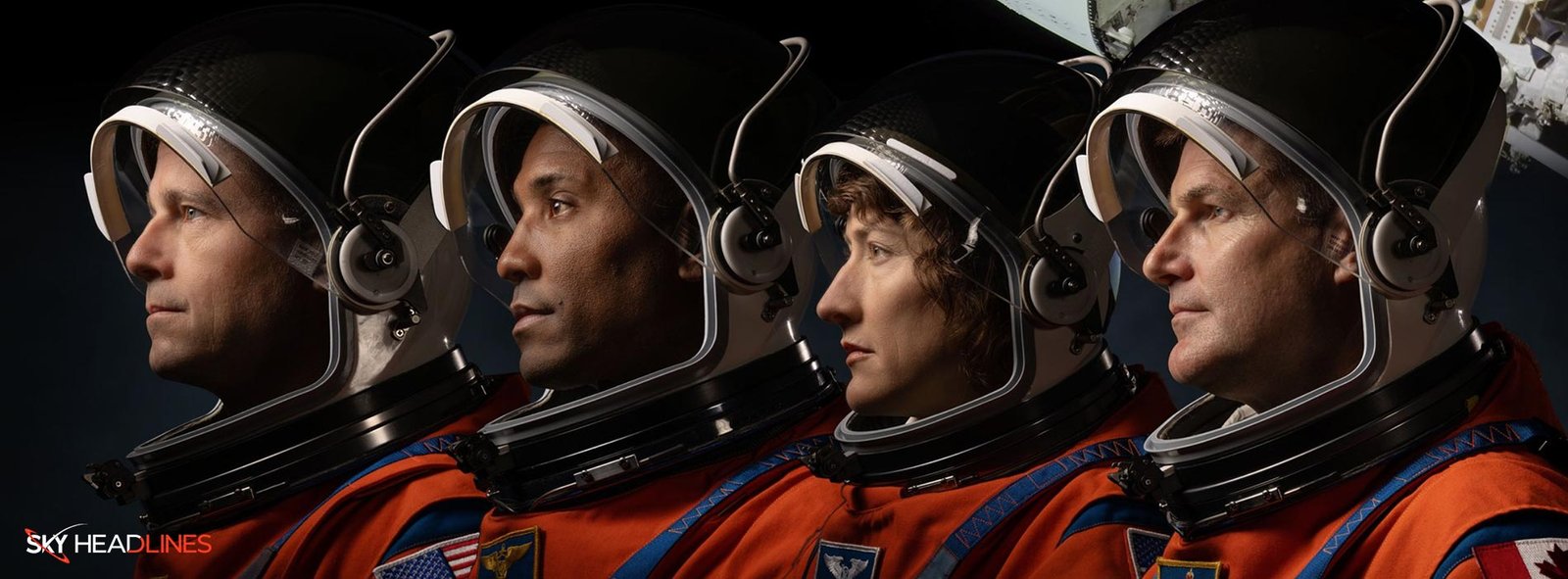NASA has recently done some research on the complex structure of the moon and found out that there is microbial life on moon.
But, how did NASA come to this news? Let’s find out!
As we all know that the moon is a lifeless place in comparison to Earth. Without any evidence of life, glistening clouds, or flowing water.
Microbial Life on the South Pole of the Moon
However, according to a NASA expert, the moon is more complex than it first appears.
Microbial life could survive in hostile circumstances like those on the moon, according to Prabal Saxena, a planetary scientist at NASA’s Goddard Spaceflight Centre.
According to Prabal Saxena,
“There may be potentially habitable niches for such life on some airless bodies in relatively protected areas.”
But first, let’s find out if is there a presence of microbial life in space or anywhere is possible.
Is There Microbial Life in Space?
Microbes can be found wherever humans are present, including our homes, offices, industrial areas, the outdoors, and even in space. Bacteria and fungi inhabit these environments alongside us.
Did Microbial Life on Moon Come Up From Earth?
If these moon bacteria exist, they most certainly came from Earth and rode along with a lunar lander.
Saxena researches potential extraterrestrial life places beyond our solar system, but he has lately collaborated with a team focused on a region closer to Earth: the lunar south pole.
Ice craters and potential microbial life on the moon can be found in the lunar south pole.
Because NASA plans to land its Artemis III astronauts there in 2025, the lunar south pole has received a lot of interest recently.
There are 13 probable landing sites that have been identified by the agency.
Will This Microbial Life on Moon be Helpful for NASA?
The lunar south pole has never been occupied by a human being. However, the Moon Mineralogy Mapper from NASA has revealed that it has ice in its craters, which astronauts may mine for rocket fuel.
Some areas of these craters are perpetually in the dark and in shadow. These lunar niches are therefore never exposed to the sun’s harmful radiation, making them a potential refuge for extremely virulent bacteria.
According to a recent study by Saxena,
“Importantly, recent research on the survivability of microbes exposed to conditions like those on parts of the lunar surface indicate surprising resilience of numerous microorganisms to such conditions,”
It has been said by Leonard David for Inside Outer Space.
Microbial Life on Earth: Deinococcus radiodurans
For instance, scientists discovered that a bacterium known as Deinococcus radiodurans endured for a year outside the International Space Station. Additionally, tardigrades have endured outside the ISS in the harsh environment of space.
According to Saxena,
“We’re trying to figure out which particular organisms might be best suited for surviving in such regions.”
Even if bacteria don’t now exist on the moon, they most likely will if we begin to move around on its surface. According to Space.com, if Saxena and his team are correct, those bacteria might not only survive in these perpetually covered craters but also flourish and thrive there.
Is There a Microbial Life on Moon?
According to a planetary scientist from NASA, the conditions present on the south pole of the Moon have the potential to support microbial life.
Studies have revealed that specific microorganisms on our planet have the ability to survive in harsh environments. Consequently, it is seemingly fair that this resilient microbial life on Earth might have unintentionally traveled to the Moon aboard a lunar lander and currently reside there.
Can Bacteria Live on the Moon?
During the Apollo 12 mission, the camera that belonged to the Surveyor 3 probe was returned to Earth from the Moon. Upon examining the camera, scientists made an intriguing discovery. Which is the presence of a living bacterium called Streptococcus mitis.
Conclusion:
Above mentioned data shows us that there is microbial life on Moon, and scientists will use it for future research, and findings.





